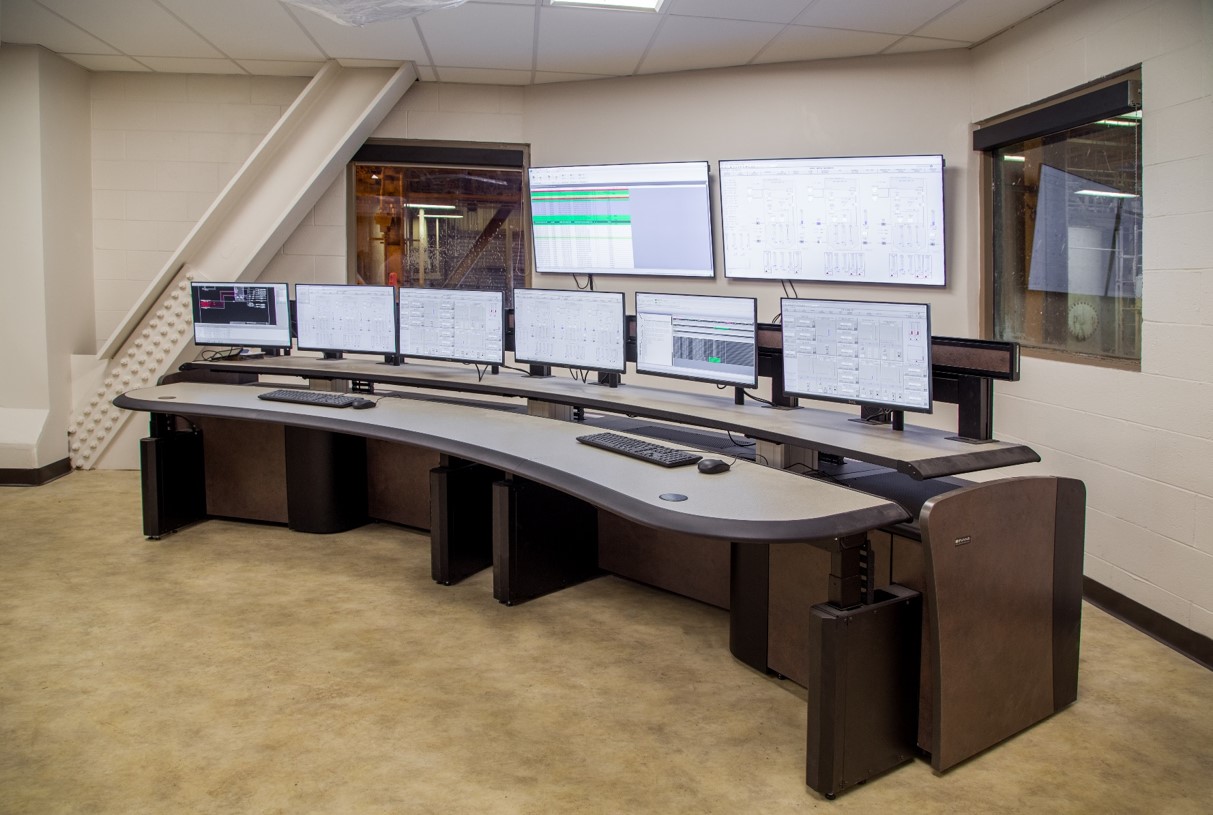Integrating Renewable Energy Sources in Control Room Design

The shift towards renewable energy sources has become a central focus in many industries, including those that operate control rooms. As businesses align their strategies with sustainability goals, the integration of renewable energy presents both a challenge and an opportunity for control room operations. By embracing these energy sources, organizations can enhance operational efficiency, reduce carbon footprints, and support regulatory compliance while ensuring resilience in their systems. However, don’t be constrained with the control room, consider the entire control building and ancillary buildings such as labs, offices and maintenance buildings.
Benefits of Renewable Energy Integration
Integrating renewable energy in control room design offers a multitude of advantages, including:
- Cost Savings: Over time, renewable energy sources, such as solar and wind, can significantly reduce energy costs. As these technologies become more affordable, control rooms can benefit from lower operational expenses.
- Sustainability Goals: Many organizations are setting ambitious sustainability targets. Incorporating renewable energy demonstrates commitment to corporate social responsibility, attracting environmentally conscious clients and stakeholders.
- Energy Independence: Diversifying energy sources can reduce dependency on traditional power grids, enhancing operational stability and resilience. This is particularly beneficial during times of energy shortages or price fluctuations.
- Improved Public Image: Companies promoting renewable energy initiatives enhance their public image, appealing to a broader audience and fostering trust among customers and communities.
Best Practices for Integration
Implementing renewable energy sources in control room designs require careful planning and execution to ensure successful integration. One of the first steps an organization should take is to conduct a thorough assessment of their current energy needs and usage patterns. This analysis helps identify the types of renewable energy sources that would be most effective, such as solar panels or wind turbines, and determines how much energy can be reasonably generated and utilized within the control room context. By understanding their energy profile, companies can strategically plan for a gradual transition, which minimizes disruption while maximizing energy efficiency.
Furthermore, it’s crucial for organizations to engage stakeholders throughout the integration process. Involving team members, from operations to management, fosters a collaborative approach that can yield innovative solutions tailored for the specific operational environment. Regular meetings and updates can help maintain transparency and ensure that everyone is aligned on goals and expectations. Additionally, ongoing training and support will equip staff with the knowledge and skills necessary to operate new renewable energy systems effectively. By prioritizing collaboration and communication, organizations can create a more resilient energy framework within their control buildings that not only meets current demands but also adapts to future challenges.
Challenges and Considerations
While the integration of renewable energy offers many benefits, it also presents challenges that control room operations must address:
- Initial Investment: Although costs are decreasing, the initial investment for renewable energy systems may be significant. Budgeting and financial planning are critical to ensuring successful implementation.
- Intermittency Issues: Renewable energy sources can be variable. Developing strategies for managing these fluctuations, such as incorporating battery storage or hybrid systems, will be essential for maintaining operational reliability.
- Regulatory Compliance: Stay informed about regulations related to renewable energy and ensure your operations comply with any applicable standards and incentives.
Paving the Way for Sustainable Control Room Operations
Integrating renewable energy sources into control room operations is not just an environmentally responsible choice; it is a strategic move towards long-term sustainability and operational efficiency. By harnessing the power of renewables, organizations can streamline their operations, reduce costs, and position themselves as leaders in their industry. The future of control room operations is not just about managing alarms and data; it’s about embracing innovation and collaboration to create a more sustainable world.
